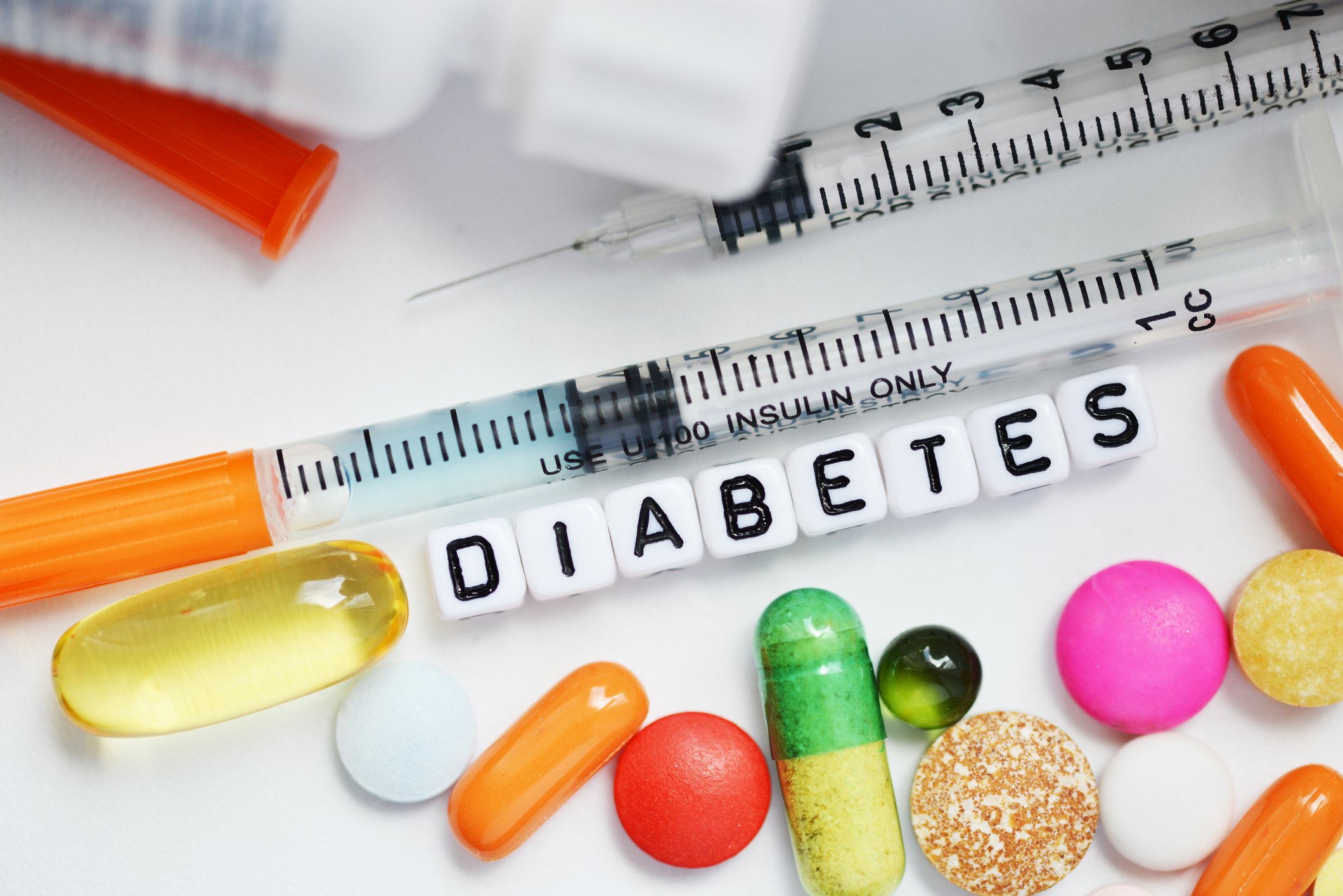What happened
Shares of Senseonics (SENS 2.10%) are up 13% at 12:52 p.m. EST after the company presented data on its Eversense continuous glucose monitoring system at the Advanced Technologies and Treatments for Diabetes conference in Madrid, Spain, last week.
Investors are also likely reacting to the Soros Fund -- run by famed investor George Soros -- disclosing a 5.1% stake in the company.
So what
Senseonics looked at real-world data from almost 600 Eversense users, and found that all age groups met the recommendation of wearing the device at least 70% of the time. The time that patients wore the device increased with age. Patients above 60 years old wore the device 87.2% of the time, while those aged 45 to 59 were a close second at 86.7%. At the low end, patients 18 to 24 years old only wore their device 76.6% of the time.
The increased usage also improved the time patients were able to keep their glucose level in the target range. Patients over 60 were in range 67.6% of the time, compared to just 50.3% of the time for patients aged 18 to 24.
The presentation highlighted that the healthcare company and patients' doctors have some work to do with younger patients, but it also noted an opportunity to grow sales, especially in older patients. Senseonics only recorded $4.3 million in revenue in the third quarter of last year.

Image source: Getty Images.
Now what
George Soros taking a 5.1% stake in Senseonics suggests the guru sees some value in the struggling company, and it's not surprising that investors who follow Soros would jump in behind him. Just keep in mind that these bumps are often short-lived.
Senseonics' long-term value will ultimately be determined by its ability to sell Eversense -- not by who owns shares of the company. New coverage by Cigna effective earlier this month should help improve sales, but the company has a long way to go in its competition with other continuous glucose monitors.






